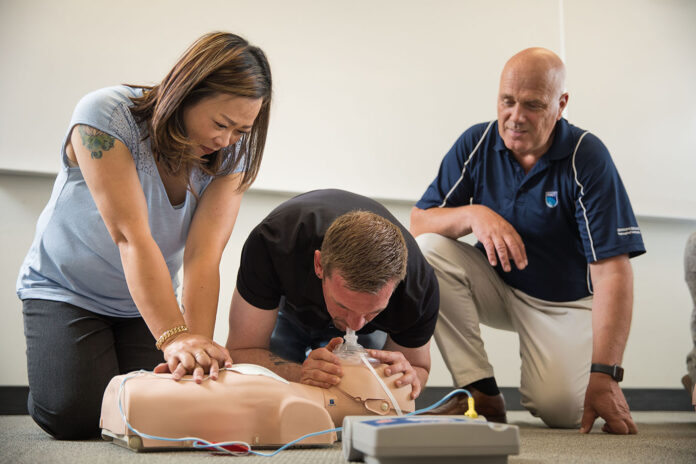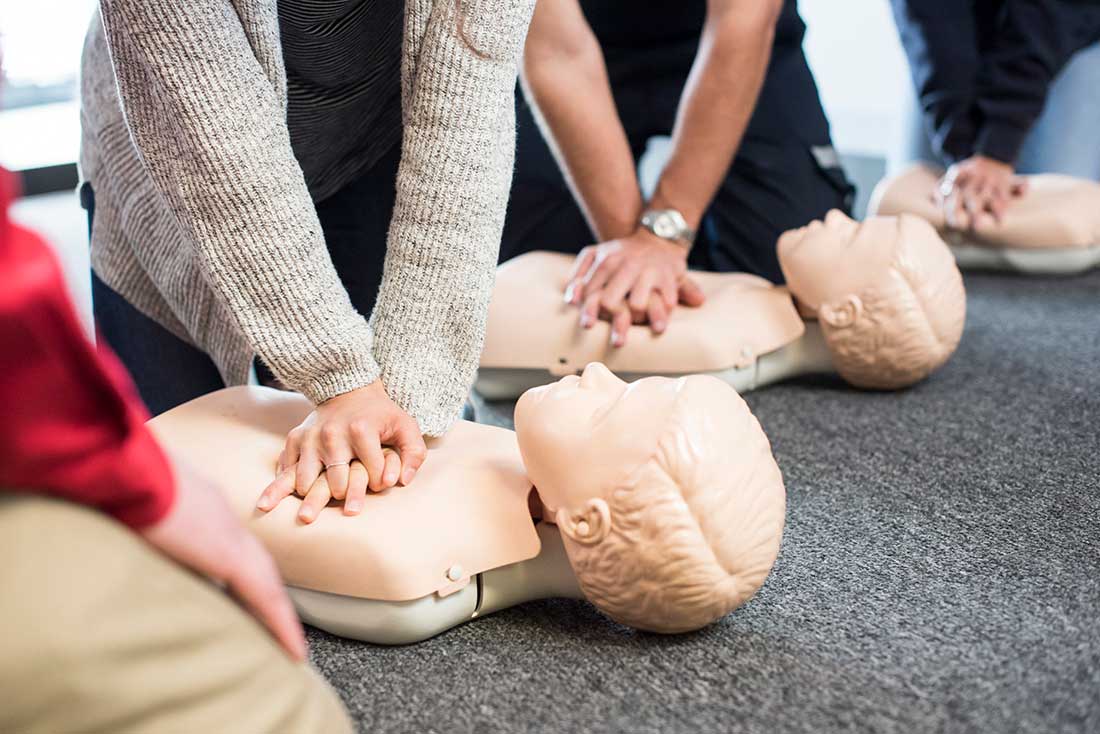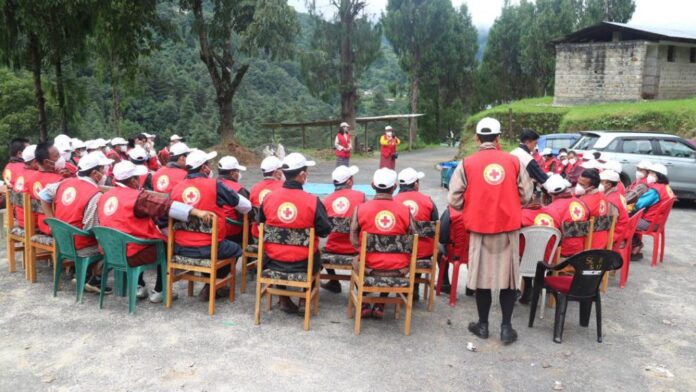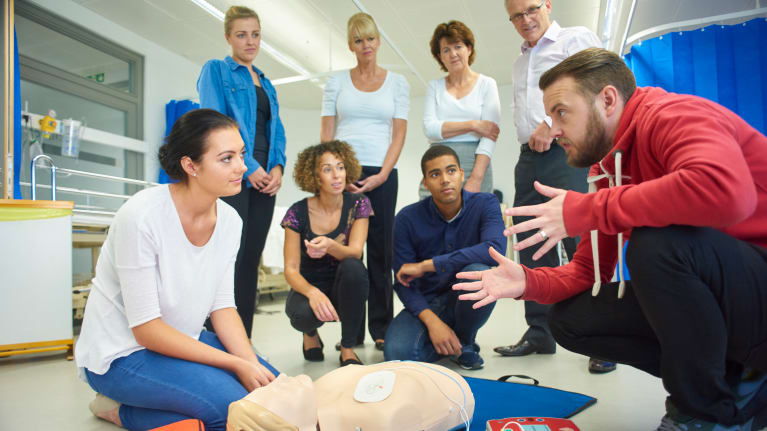First aid is a lifeline, often bridging the gap between an incident and professional medical intervention. The ability to respond promptly and effectively in emergency situations can spell the difference between life and death. Yet, while many recognize the importance of First Aid & CPR certification, concerns about costs and time commitment can deter individuals from pursuing this essential knowledge. This blog post seeks to address these concerns, showcasing a spectrum of affordable options for those keen on becoming certified.
Benefits of Certification

Understanding First Aid and CPR isn’t just about memorizing procedures. It’s about fostering a mindset that prioritizes the well-being of others and reacts rationally in high-pressure situations. How First Aid & CPR training can save lives is evident in statistics: prompt CPR can double or even triple chances of survival after cardiac arrest. Furthermore, with proper training comes confidence and preparedness in emergency situations. No more panicking or freezing—certified individuals know exactly what steps to take to potentially save a life.
Understanding Certification
Before embarking on your First Aid & CPR journey, it’s pivotal to understand the different types of First Aid & CPR certifications available. From basic courses focused on common injuries and CPR of which you can learn more here to advanced courses covering a wide array of emergency scenarios, there’s a certification tailored to your needs.
Identifying Training Needs
The vast world of First Aid & CPR training can be intimidating. Start by assessing the level of training required. Do you want a basic understanding for personal reasons or are you aiming for a more in-depth knowledge for professional purposes? Furthermore, consider tailoring training to specific environments such as home, workplace, or outdoor activities. Each environment presents unique challenges, and specialized training can ensure you’re equipped to handle them.
Traditional In-Person Training

In-person training, where instructors demonstrate techniques and students practice on mannequins, offers invaluable hands-on experience. However, there are both pros and cons of in-person training. While direct feedback from instructors is beneficial, in-person courses can be more expensive and less flexible.
As for finding local training centers, a quick online search or consultation with local community centers can point you in the right direction. And remember to always consider cost considerations—while some centers might be pricier, they may offer more comprehensive training.
Online Certification Programs
The advent of the digital era has spurred a significant surge in online training platforms, particularly those offering First Aid & CPR certification. A mere click now can usher you into a world of invaluable, life-saving skills. One of the most appealing benefits of online training is its inherent flexibility. It allows users to embark on self-paced learning journeys, an absolute boon for individuals grappling with tight schedules or juggling multiple responsibilities.
However, a word of caution: the vast digital realm is peppered with myriad courses, not all of which are genuine. It’s paramount to ensure your chosen course hails from a reputable, accredited online source. This is the only way to have unwavering confidence that your certification will stand up to scrutiny and be universally recognized.
Free or Low-Cost Options

Financial constraints shouldn’t stymie one’s pursuit of essential life-saving knowledge. For those on a tight budget, a plethora of options await exploration. Dive deep into community workshops and events — local community centers or schools often host such sessions, aiming to bolster communal safety. Moreover, numerous non-profit organizations champion the cause of widespread first aid awareness and offer training at a fraction of the conventional cost.
But there’s more: various government-sponsored programs echo this sentiment. They’ve been conceptualized with a singular aim — to fortify public safety. These programs frequently roll out low-cost or even complimentary certification courses, ensuring that everyone, irrespective of their financial standing, has access to vital first-aid skills.
Group Discounts
Belonging to a group, be it a corporate entity or a community association, can be a gateway to more affordable certification. Group training is not just about collective learning; it’s an exercise that inherently fosters camaraderie and a shared sense of responsibility. What amplifies its appeal is the economic aspect — many training providers are inclined to offer discounted rates for bulk enrollments, seeing it as an opportunity to educate en masse. By negotiating discounts or collaborating with fellow members, you can tap into a win-win situation: gain essential skills while ensuring the training doesn’t burn a hole in your pocket.
Scholarship Programs
The realm of First Aid & CPR training is dotted with benevolent certifying organizations that are acutely aware of the financial barriers many face. As a testament to their commitment to public safety, several of these bodies offer scholarship opportunities. If you’re keen, the first step is thorough research. Dive into these opportunities, sift through the various options, and gain a crystal-clear understanding of the eligibility criteria. Once equipped with this knowledge, engage wholeheartedly with the application process. With diligence and a bit of luck, you might find yourself on the receiving end of either heavily subsidized or entirely free training.
Employer-Sponsored Training

If your professional realm is one where First Aid & CPR knowledge is an asset, it might be time to wear your persuasive hat. Consider initiating a dialogue with your employers, urging them to invest in employee training. Articulate clearly and emphatically how certification can be a game-changer for workplaces. From drastically reducing response times in emergencies to potentially averting tragedies, the benefits are manifold. As you approach your employers about championing this cause, arm yourself with compelling data, a list of potential training providers, and a well-structured case emphasizing the indispensability of such training.
Certification Renewal Considerations
Certification, much like many other aspects of life, isn’t a one-time affair. As the medical field advances, first aid and CPR techniques undergo refinements. To ensure that your skills aren’t archaic, it’s crucial to stay in the loop. Always be cognizant of the lifespan of your certifications. As the expiration date nears, scout for renewal options. Often, these renewal courses come at a fee, so budgeting ahead is wise. At the heart of it, recertification isn’t just about a renewed certificate; it’s a reaffirmation of your commitment to stay equipped with the latest life-saving techniques.
Conclusion
While costs associated with First Aid & CPR certification can be daunting, the spectrum of budget-friendly options ensures everyone has access to this critical knowledge. As we’ve explored, from online platforms to employer-sponsored programs, there’s a path for everyone. Ultimately, the empowerment and peace of mind these skills offer are priceless. Make the move, invest in knowledge, and be a potential lifesaver in waiting.







